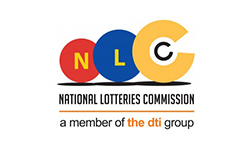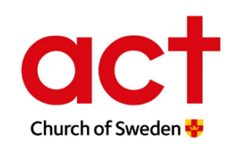Briefing Note-January 2013 – Measures of Local Economic Development (LED)
The examples of the measurement of local economic development presently available are mostly located in a developed country context. The challenge arises in identifying indicators for measurement in the context of a developing country and a relatively large informal sector in which data collection is not easily done.
- What is local economic development?
The World Bank1 defines Local Economic Development (LED) as “a process by which public, business and non-governmental sector partners work collectively to create better conditions for economic growth and employment generation”, with the aim of “building economic capacity of a local area to improve its economic future and the quality of life for all”. It comprises a deliberate intervention focusing on local rather than national economic activity in a specific area, where local can range in size from a small neighbourhood to a town or city. Over time, LED has extended from being a focus on only local development and now often includes recognition of the importance of upward economic linkages within the national or even global context. LED requires a high level of co-operation between not only the public and private sectors but also local communities. While the public sector focus is often on creating the environment to foster LED, including infrastructure development, without the involvement of all parties, interventions are unlikely to succeed.
Download Full PDF Document – measures-of-local-economic-development-briefing-note-january-2013











